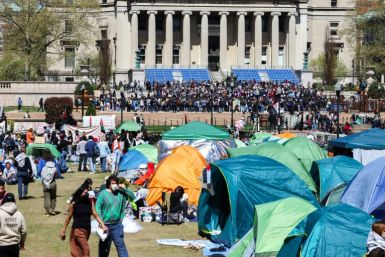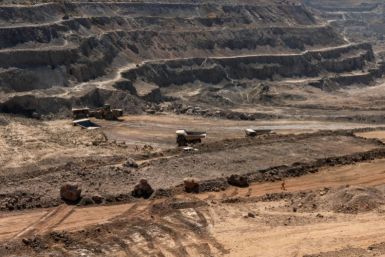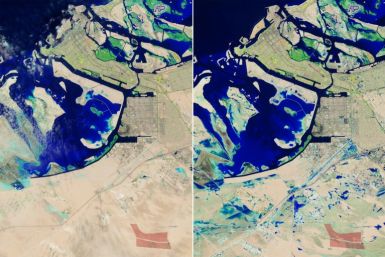Aussie Home Buying Trend: More Rentals than Home Buyers
The Australia Statistics Bureau showed that during the period 2000 to 2011, renting outpaced home ownership in the country.
Australians opting for rental rose to 24 per cent from 18 per cent, while those who acquired their own property climbed to 36 per cent from 30, ABS reports.
New tax rates may have disheartened some buyers, as Global Property Guide reports that the tax rates range from 29 to 45 per cent. An owner may also be required to pay a land tax annually, depending on which state his property is located and on what type his property is.
Australian consumers felt the pangs of the jaggedly edged economic sword in almost a year and a half that cuts deep into pockets, yet gives a general feeling of security as their buying power somehow strengthens.
Gripped with the uncertainty of what economists call a two-speed economy, Australians are wary of spending more as inflation fears arise as well. With benchmark interest rates slightly tipping at 4.5 per cent early in November, the house property market prices moved downwards in Sydney and Melbourne, according to Global Property Guide Research.
In Q2 2011, house prices fell by 4.7 per cent from the previous quarter. The Northern Territory saw the largest drop (69.4 per cent), followed by NSW (-20.1), Queensland (-16.3), and Tasmania (14.3), GPG reports.
Nevertheless, Aussies are somehow less convinced and practice more caution in acquiring property.
The cautious sentiment pushed house prices down in the two largest cities. From January to September 2011, Sydney's average median house price is down 1.6 per cent. While in the city of Melbourne, the average median house price fell 3.2 per cent.
The only areas in Sydney that recorded upward housing price movements are in the southwest suburb of Canterbury-Bankstown and in the Northern Beaches, rising 5.6 per cent and 3.2 per cent, respectively, according to the Australia Bureau of Statistics.






